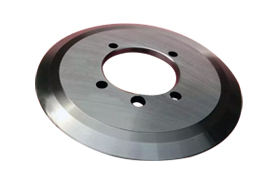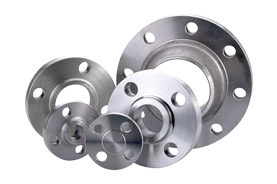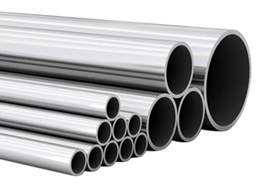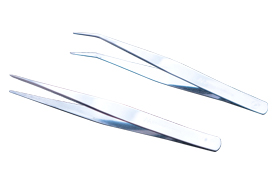Metal Carbide, especially WC–Co, are used broadly in all sectors of industry to combat wear and corrosion. The metal carbide is typically bonded as tiles or cylindrical liners to the surface of metal parts. Electrical components are one obvious application. Because they can get extremely hot, they need to behave like ceramics but, since they also need to conduct electricity, it helps if they work like metals. Metal Carbide offer a perfect solution in components such as resistors and vacuum tubes (valves). Crudely, we can think of Metal Carbide resistors as a mixture of an insulator (the ceramic matrix) and a conductor (the metal particles), with the type and relative proportions of the two “ingredients” (ceramic and metal) determining the ultimate resistance A few of the many applications include:
- Cutting tool inserts
- Valves, Seals
- Saw teeth
- Liners of pharmaceutical (pill press) dies
- Jewelry




